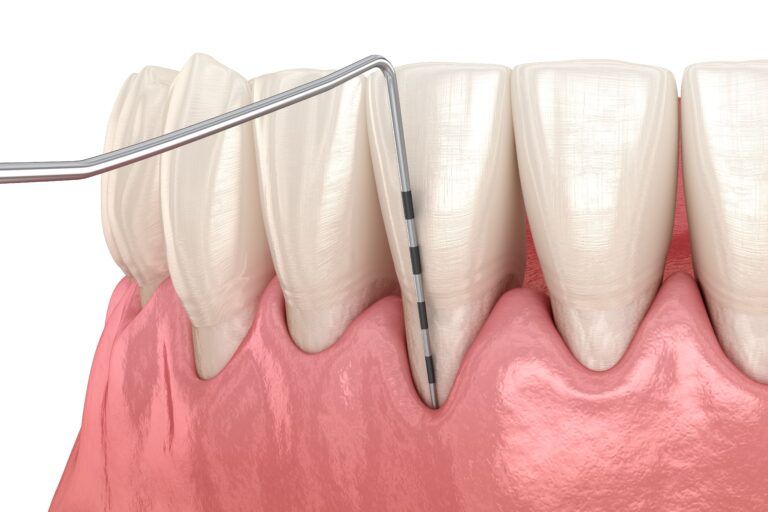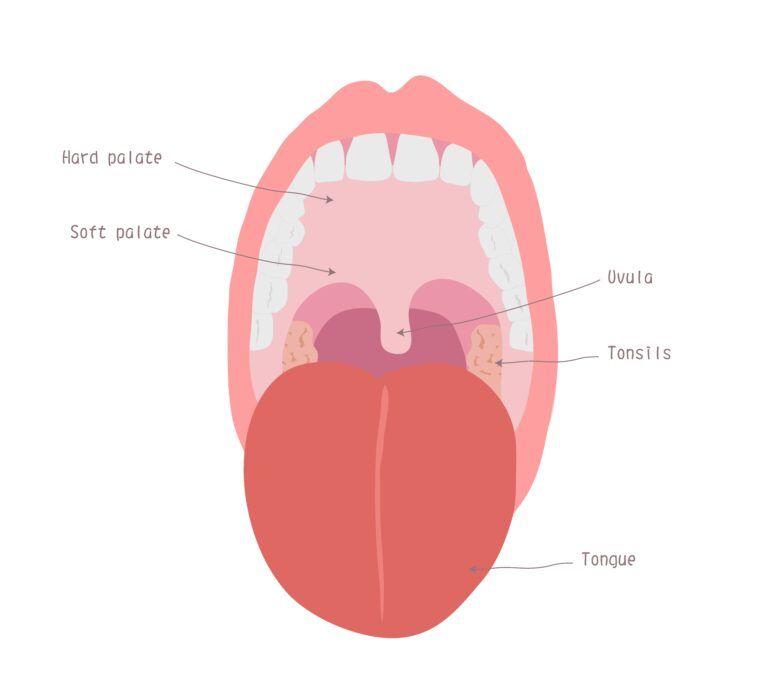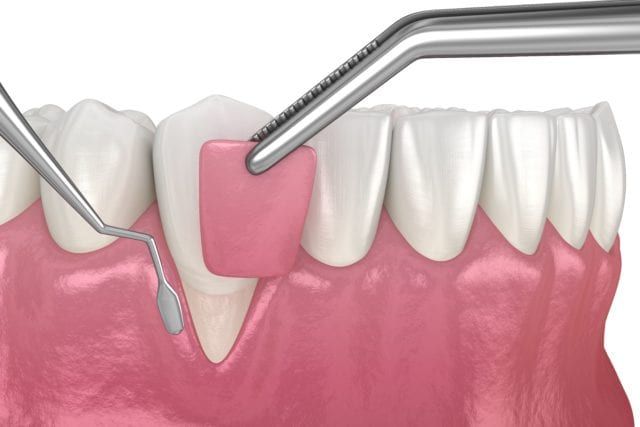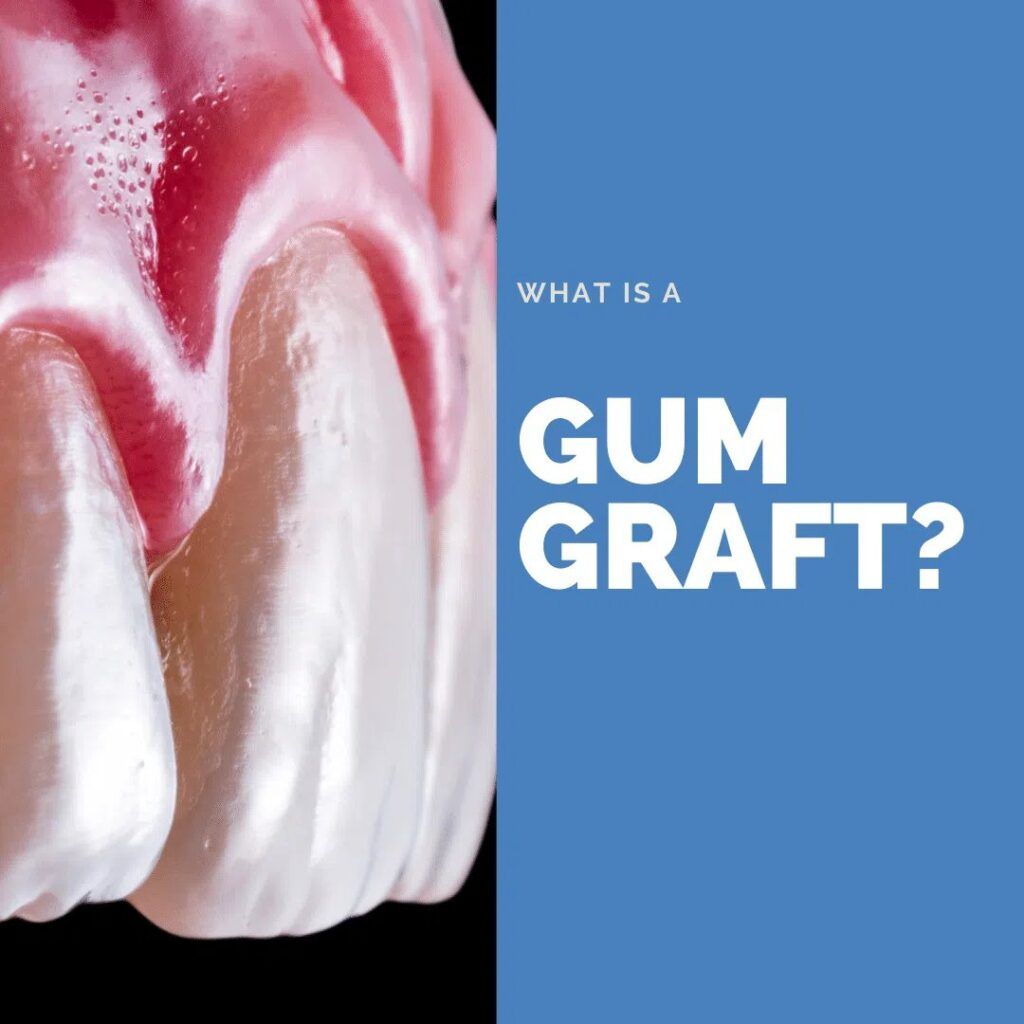When it comes to having your teeth restored with dental implants or other options, you may also need work done on your gums. If you have been told by your dentist that you need a gum graft, you may be wondering what that is. A gum graft is a surgical procedure that is used to rebuild and protect gums that have been damaged by gum disease or other causes. There are four different types of gum grafts. In this blog post, we will discuss what a gum graft is, when it is necessary, and the four types of gum grafts. We will also discuss what to expect after having a gum graft and how long it takes to heal.
What is a Gum Graft?
A gum graft is a surgical procedure that is used to rebuild and protect gums that have been damaged by gum disease or other causes. Gum disease is caused by plaque and tartar buildup on your teeth. This buildup can cause your gums to become inflamed and bleed easily. If left untreated, gum disease can lead to bone loss and tooth loss.
Tooth loss can also cause damage to your gums. When a tooth is lost, the bone that supported that tooth begins to dissolve. This can cause your gum tissue to shrink and your remaining teeth to become loose.

Other causes of gum damage include:
- Trauma to the gums
- Teeth grinding (bruxism)
- Poor dental hygiene
- Smoking
- Certain medications (such as steroids)
Gum grafts may also be required as a part of dental implant treatment. This is because ideal candidates for dental implants should have good gum health. In people with periodontitis, or those who have extensive gum damage, your dentist may recommend a gum graft to repair the damage done to your gums. This ensures that your gums can properly heal before dental implants are placed.
Healthy gums are essential for dental implants because it decreases the risk of post-operative infections and ensures that the base of the implant is completely covered. When the gums recede around a dental implant, this can create a pocket of bacteria that can lead to a variety of complications that can increase the risk of implant failure. Gum grafts help prevent this from happening.
Types of Gum Grafts
There are four different types of gum grafts: Connective Tissue Grafts, Free Soft Tissue Autogenous Graft, Double Papilla Subepithelial Graft, and Pedicle Graft. Let’s take a closer look at each type of gum graft, what it entails, and when it is recommended.
Connective Tissue Grafts:

A connective tissue graft is the most common type of gum graft. It is used to treat gums that have been damaged by gum disease or tooth loss. A connective tissue graft is performed by taking a small piece of connective tissue from the roof of your mouth, also known as the hard palate, and stitching it to the gums. This type of gum graft is often used to cover exposed roots. As the graft heals, the healthy tissue will merge with the gum tissue and encourage the growth of new tissue to cover the tooth roots.
Free Soft Tissue Autogenous Graft:
A free soft tissue autogenous graft is a type of gum graft that uses tissue from another part of your mouth. This type of gum graft is used to treat gums that have been damaged by gum disease or tooth loss. It is often used to promote new tissue growth in people with thin gums. A free soft tissue autogenous graft is performed by taking a small piece of tissue from elsewhere in the mouth, often the roof of the mouth, and stitching it to the gums. Although this sounds similar to a connective tissue graft, the main difference is that connective tissue is not used, meaning that the donor site incision is not as deep.
Double Papilla Subepithelial Graft:

A double papilla subepithelial graft is a type of gum graft that is a bit more involved. This type of gum graft is used to treat exposed tooth roots that have healthy surrounding gum tissue. A double papilla subepithelial graft is performed by first making a small incision in the healthy papilla on either side of the affected tooth and gently lifting the papilla to cover the root. Then, a small piece of connective tissue is taken from the roof of your mouth and stitched just under the raised papilla. As this graft heals, it encourages the healthy gum tissue to grow over the tooth roots.
Pedicle Graft:
A pedicle graft is a type of gum graft that uses gum tissue from around the base of the tooth. This type of gum graft is used when there is ample healthy gum tissue that has simply loosened around the root of the tooth. A pedicle graft is performed by making a small incision to detach the gums from above or below the tooth. Then, the tissue will be pulled over the exposed tooth root and sutured in place. As the graft heals, the tissue will reattach to the tooth root and regain its original density.
What to Expect After Having a Gum Graft
The recovery process after a gum graft is pretty similar, no matter what type of gum graft you had. After having a gum graft, you can expect some swelling and discomfort. You will likely be given pain medication to help with any discomfort. It is important to take all of your medications as prescribed and to follow your dentist’s instructions for caring for your gums. This helps to decrease the risk of complications and speeds up the healing process. Most people heal within two weeks after having a gum graft, however this can vary among individuals.
In Conclusion
In this blog post, we have answered the question: what is a gum graft? We have defined what a gum graft is and described the four different types of gum grafts: Connective Tissue Grafts, Free Soft Tissue Autogenous Graft, Double Papilla Subepithelial Graft, Pedicle Graft. For each type of graft, we have explained what it is, when it is necessary, and how it is performed. Finally, we discussed what to expect after having a gum graft and how long it takes to heal. If you are considering having a gum graft or have been recommended for one by your dentist, we hope that this blog post has helped to give you a better understanding of what to expect.

